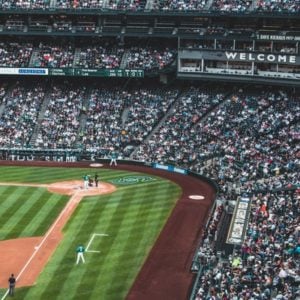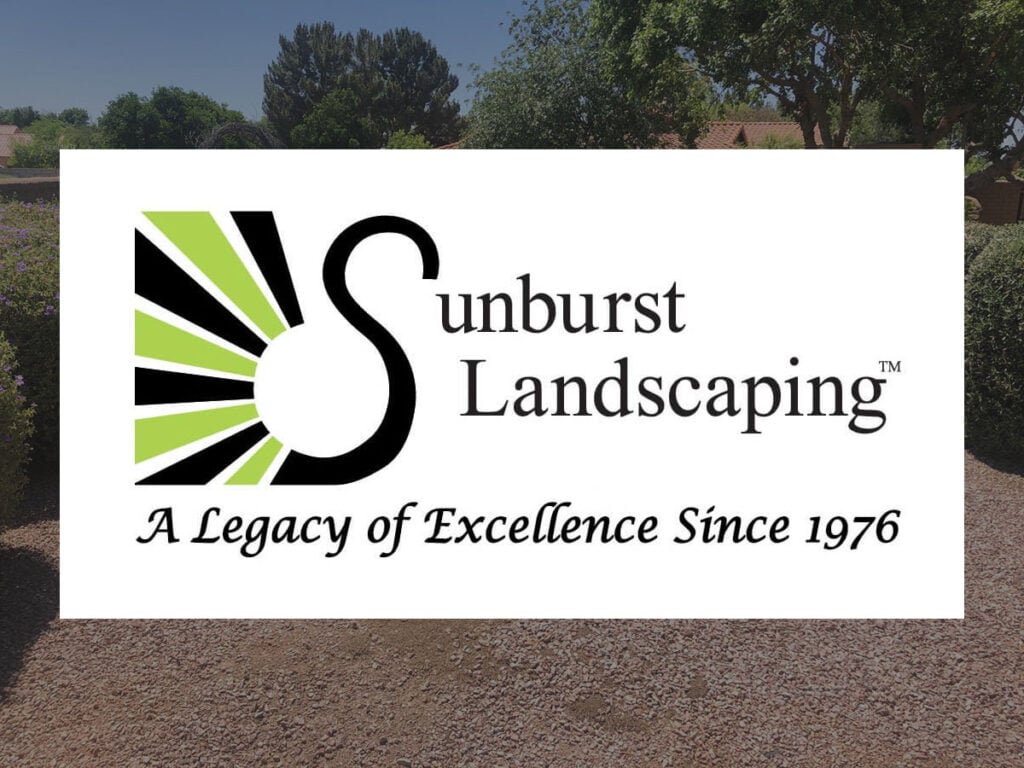The artificial grass installation industry is a $2-billion dollar industry. There’s a good reason for this. Artificial grass saves water, time, and money. Are you considering artificial turf for your home? You’ll need more than a few patches of artificial turf. You’ll also need a sub-base. Read on for information about the 3 types of sub-base for artificial grass.

Why Artificial Grass?
A beautiful lawn comes at a high environmental cost. About 30% of water usage is outdoors and more than half of that is for lawns and gardens. Nationwide, about 9 billion gallons of water per day goes to landscape irrigation.
Fertilizers and chemicals used on lawns are bad for the environment. They also pollute groundwater. Electric and gas-powered lawn tools create more pollution.
What’s the answer?
Artificial Grass
Artificial turf doesn’t need watering, mowing, or weed killer. It lasts as long as 25 years. And artificial grass is often made from old tires or plastic bottles. Modern artificial grasses are beautiful and come in different colors, textures, and lengths.
Your neighbors won’t know it’s artificial unless you tell them!
What is a Sub-Base for Artificial Grass?
Artificial grass isn’t always used on traditional grass areas. People also use artificial turf on concrete patios, decks, and pool areas.
The sub-base is the area that’s underneath the artificial turf. For the best looking artificial grass, use a great sub-base.
The existing soil in most grass areas expands and contrasts in hot and cold and wet and dry conditions. If you ignore the sub-base, you could end up with wrinkles and gaps or soft spots in your grass.
This creates uneven surfaces.
Use a sub-base that replaces the expansive native soil with a non-expansive surface. When installed right, you’ll get many years of useful life from your artificial turf.
There are several types of sub-base:
- Crushed miscellaneous base (CMB)
- Class II road base
- Decomposed granite (DG)
CMB consists of recycled concrete or asphalt along with a sand/gravel mixture of 3/4″ to fine sand.
Class II road base is a more expensive version of CMB. It’s more expensive due to stringent testing. Most people don’t need the Class II road base.
The DG is granite rock. It’s weathered until it fractures into small pieces of weak rock as well as a mix of gravel, sand, and silt-size particles of clay.
The CMB is the most common choice for landscaping uses. It’s easily compacted and less expensive. DG creates a smoother finish than the CMB but is more expensive.
If you’re creating a putting green with artificial turf, DG is a good choice. It’s more permeable than CMB.
Artificial Grass: A Great Choice!
Install a sub-base for artificial grass first and then you’re ready to go green! Once your artificial turf is installed, you’ll get many years of fun, maintenance-free use.
Artificial grass is a great eco-conscious option. Save water, money, and time while enjoying all the benefits of lush, gorgeous grass.
Are you ready for a maintenance-free beautiful yard year-round? Get all your questions answered today!




